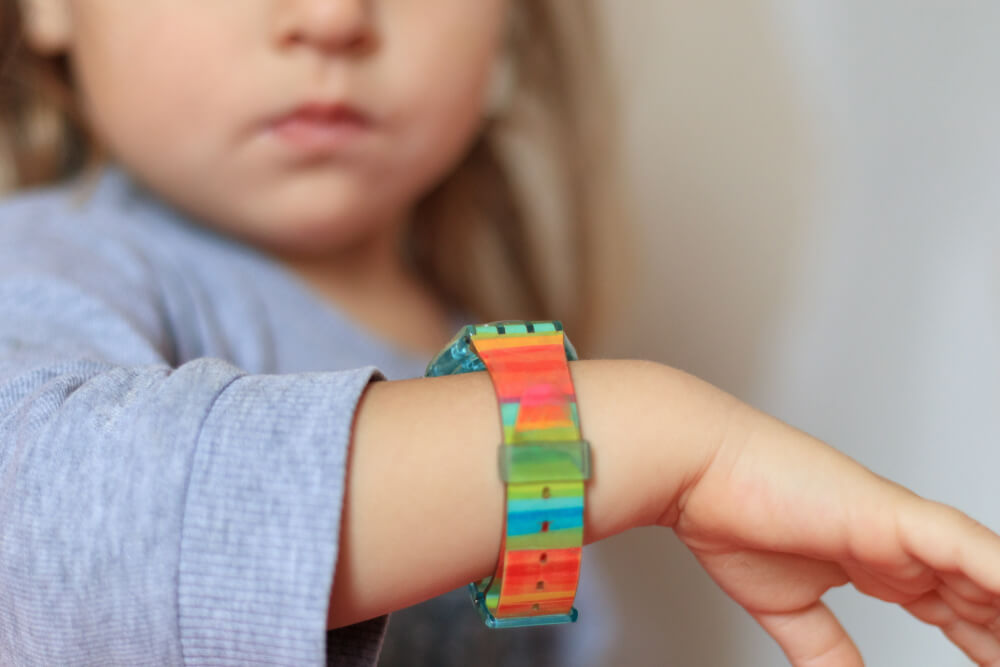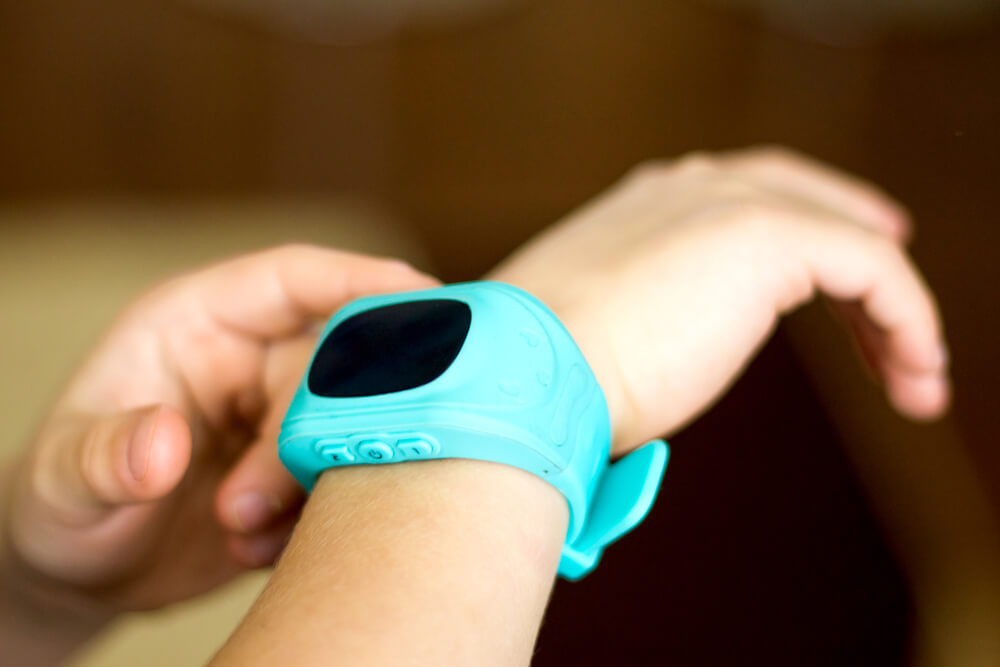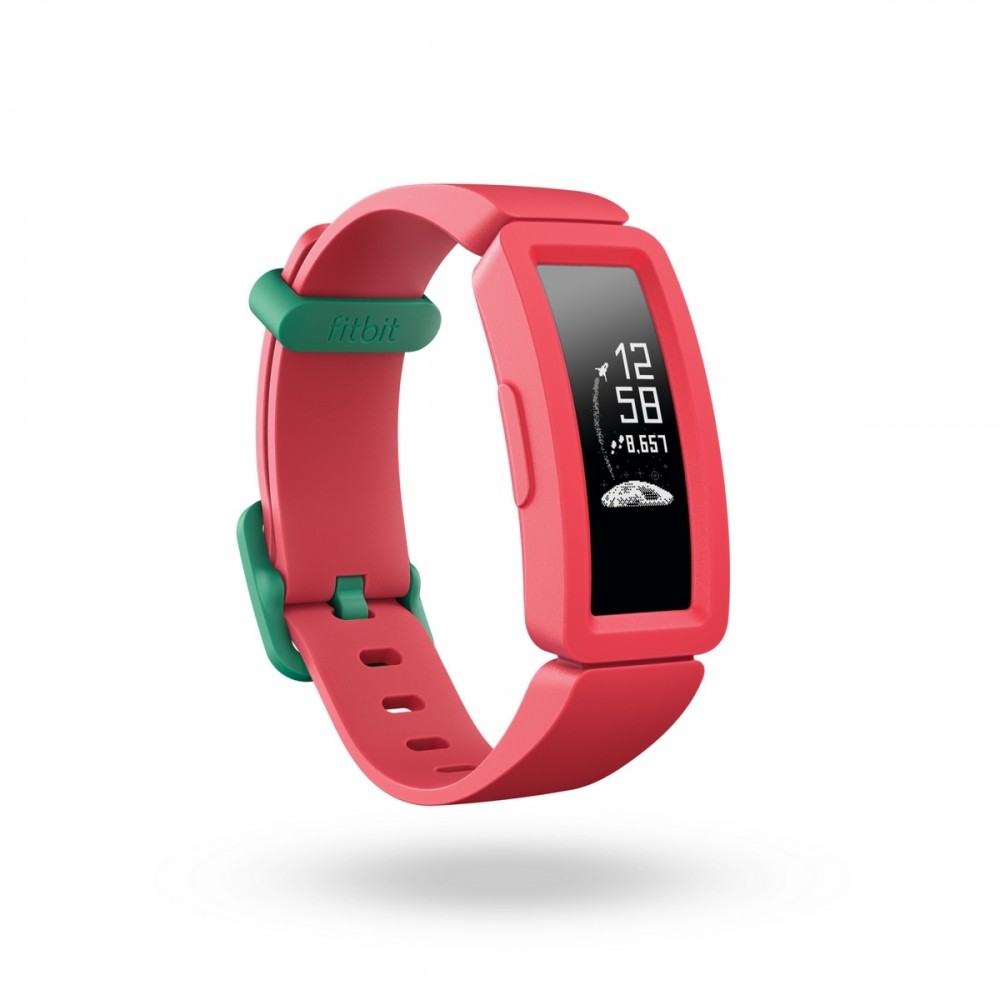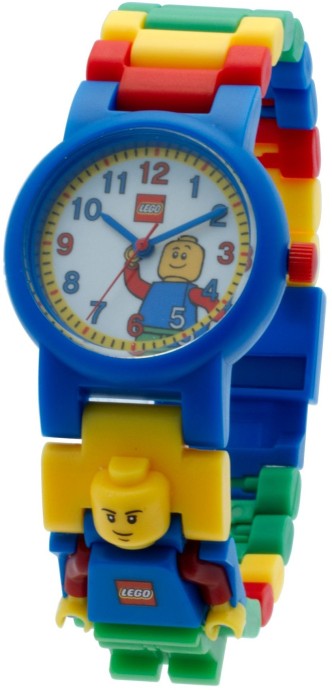How To Teach Kids to Tell Time: Ways and Tools to Teach Your Child

Understanding time is a key skill for kids to learn, and the good news is this is something you can start working on with your children at a young age. In this guide, we’ll discuss a step-by-step way to teach kids to tell time. From understanding the clock face to figuring out elapsed time, we have tips for the entire process.
Our article also includes recommendations on small children watches that can help children understand the concept of time. If you feel you are ready for this adventure with your child, let’s dive in!
Contents:
- Top Ways to Teach Kids to Tell Time
- How Toddler Watches Can Help Teach the Concept of Time
- The Toddler Watch for a Child’s Safety
- FAQ
Top Ways to Teach Kids to Tell Time

supparsorn/Shutterstock.com
The best way to help your kid learn to tell the current time is to do things gradually. You need to be patient during the process and make each lesson a fun playing session. With this approach, your child will understand the concept of time telling quickly.
Here are some tips that explain and discuss time telling games and activities!
Prerequisite Skills
For starters, it’s vital to teach kids numbers up to 60. That will be necessary if they want to learn to tell time.
Once you are sure they are familiar with the numbers, it’s time to use a paper clock. You’ll easily find printable ones online. We strongly suggest finding a version that shows every hour and minute with a separate number. At the very least, the minute marks should be placed every five seconds.
The next step is to tell your kid about different clock components. You should explain that the smaller hand is known as the hour hand and then proceed with the minute hand.
Now, talk to your kid about how clock hands are connected with the numbers at the outer side of the circle.
Teaching Time-Telling Steps
Dividing the process into sections is the best way to teach kids to tell time. Here are the steps to follow:
- Teach kids to tell time to the hour. Small steps are crucial to understanding how anything works, and it’s no different with the hands of the clock. First, set the time to 12 o’clock. Adjust both hands, but focus on the hour hand. Now, move the hour to practice your child to tell time. You can also ask them to show you where the hour hand is pointing to when it’s X o’clock.
- Reduce timeframe telling to half-hour. The next step is to teach your child to tell when it’s 12:30, 2:30, or any other half-hour mark. Here’s the trick—you want everything to resemble the analog clock. That’s why you shouldn’t place the hour hand to show directly the big number, but between the two intervals.
- Practice five-minute marks. The final step is to reduce everything to five-minute gaps. We suggest starting from the top, so go from 12:05. Then, change time intervals to minutes and ask them to move only the minute hand. Practice only several different positions until you see your child can tell time flawlessly. It will take patience, but your kid shouldn’t have problems telling exact minutes in an hour soon.
Use Analog Clock
In today’s world, you’ll find analog and digital clocks. Your focus should be on the analog version first, and you can teach telling time on a digital clock later. It’s best to make everything a part of fun activities and games, which is why a paper clock is the perfect place to start.
Here are some other tips to apply:
- Use colors. Telling time can be tricky for kids, especially when narrowing it to the minute. Ask kids to color different sections to understand intervals better.

Credit: https://society6.com/product/learn-to-tell-time-color-wheel_w
- Download a worksheet. Schools often use worksheets since they help students to tell the hour and minute intervals better. You can use these materials to practice at home. If you can’t print the sheet, record the time intervals and draw them on a piece of paper.

Credit: https://www.math-aids.com/Time/
- Avoid second hands. The third hand only brings problems, at least until you teach your kids to tell the hour and minute.
- Practice writing down times in a digital format. Once your kids are comfortable with an analog clock, it’s time to move to the digital version. Ask children to read the hour on an analog clock and write down the exact time in a digital format.
- Think about teaching kids the elapsed time. Knowing how to tell elapsed time is an important skill. You can use the clock and ask kids to mark starting and ending points for each lesson. Time activities like dinnertime, watching a TV show or going to the store.
How Toddler Watches Can Help Teach the Concept of Time

MariaNikiforova/Shutterstock.com
Kid-friendly watches are an excellent way of explaining how time works to children at a vary young age. These watches are usually colorful and might have additions of their favorite cartoon characters. That way, kids can connect the character to a certain position on the clock face.
As the child observes time during different parts of the day, it’ll help them understand how their day looks. They’ll learn that it’s time for learning-related activities first, and eagerly wait for the time when their favorite cartoon starts on TV.
Once kids get a bit older, you can get them an actual child-friendly smartwatch. That gadget makes kids feel great, and it’s also important for parents. It’s because these watches aren’t only about knowing what time it is, but also staying in touch with your little one. You can use it to communicate with kids and know their whereabouts, which provides any parent the much necessary peace of mind.
Unlock a world of learning and fun for your toddler with the Findmykids app. Download it to your kid’s watch and ensure their safety while enjoying educational activities and exciting adventures!
The Toddler Watch for a Child’s Safety

Some toddler watches can even safeguard your young child, as well as help them learn the basics of telling the time.
Our recommendation is the Pingo Track, which features an easy-to-read digital touchscreen display and comes loaded with features designed to keep your kid safe and give you peace of mind.
While other toddler watches have no or limited functionality on this score, the Pingo Track incorporates a GPS tracker, SOS button, audio and video calling, and much more. For example, if your child gets lost or is in distress, they can press a button that will allow you to hear what’s going on around them, helping you to track them down more easily. The great thing about this option is that it’s suitable for kids up to the age of twelve, so you can expect your child to get years of wear from it.
The Pingo Track is also water resistant and durable and comes with either a blue or pink adjustable strap—meaning it can grow with your child. This versatile toddler watch has been designed around the needs of kids, so it’s more than capable of standing up to rough-housing and general outdoor play.
Other Options
VTech KidiZoom Smartwatch DX2

This model is a popular choice for toddlers as it combines a fun smartwatch design with educational features. It includes games, activities, and a customizable watch face, helping children learn to tell time in an interactive way.
TickTalk 3

The TickTalk 3 is a smartwatch specifically designed for young children. It features a touch screen, GPS tracking, voice calling, and an intuitive interface for learning to read time. It also offers parental controls to manage usage and ensure child safety.
Related: Best Smartwatches for Kids: Detailed Review of Tested Models for Any Budget.
Timex Time Machines

Timex offers a range of Time Machines watches that are designed to help kids learn to tell time. These watches feature colorful designs, easy-to-read dials, and labeled hour and minute hands, making it easier for toddlers to grasp the concept of time.
Fitbit Ace 2

Fitbit Ace 2 is a fitness tracker designed for children. It not only tracks activity but also includes a built-in clock face, allowing kids to learn time management. The watch offers fun challenges and rewards to motivate kids to stay active and develop a sense of time.
LEGO Kids’ Minifigure Link Watch

This watch combines the iconic LEGO minifigure design with a functioning timepiece. It features an adjustable band and an easy-to-read analog dial. With interchangeable links, kids can customize the watch and learn to read time in a playful and engaging manner.
Toddler Watches: Understanding Time and Staying Safe
Toddler watches are the perfect way to help your little one understand the concept of time and make sense of their day. Choosing an option that’s sturdy, has a great design, is child-friendly, and comes with additional features to help keep your toddler safe means that your kid can get to grips with time while you enjoy added peace of mind.
Read also How to Set Up a Kid’s Smartwatch: User’s Guide.
FAQ
What Is the Easiest Way to Explain Time?
Start with the basics and explain that time is how long an event or activity lasts. It’s a method people use to track events and create schedules for their activities. You can teach time by using a clock, but begin by explaining large intervals. Start with hours, and then narrow things down to minutes.
At What Age Should a Child Tell Time?
It’s all individual, but experts recommend teaching children to tell and write time at six or seven years old. You can begin practicing earlier, but recognizing how “before” and “after” works begins at around this age. You shouldn’t pressure your child, and it’s perfectly fine if they can’t tell time before being eight or nine years old.
Can a Three-Year-Old Wear a Watch?
This largely depends on the temperament of the child. By the age of four, most kids can be trusted to wear a watch, but many three-year-olds will also be able to wear a toddler watch with supervision.
What Age Should a Child Wear a Watch?
There’s no set answer to this. It depends on the temperament and personality of your child and whether they’re ready and want to wear a watch; when it comes to learning the time, most kids are around the age of four when they start to develop these skills.
Which Watch is Better for Kids?
This will vary for each child. Some kids will get on better with an analog toddler watch, while others prefer digital. It will likely depend on what they are used to seeing, so think about the clocks and timepieces you already have in your home.
A foto na primeira pagina: Evgeniy Agarkov/Shutterstock.com
Проверьте электронный ящик



















